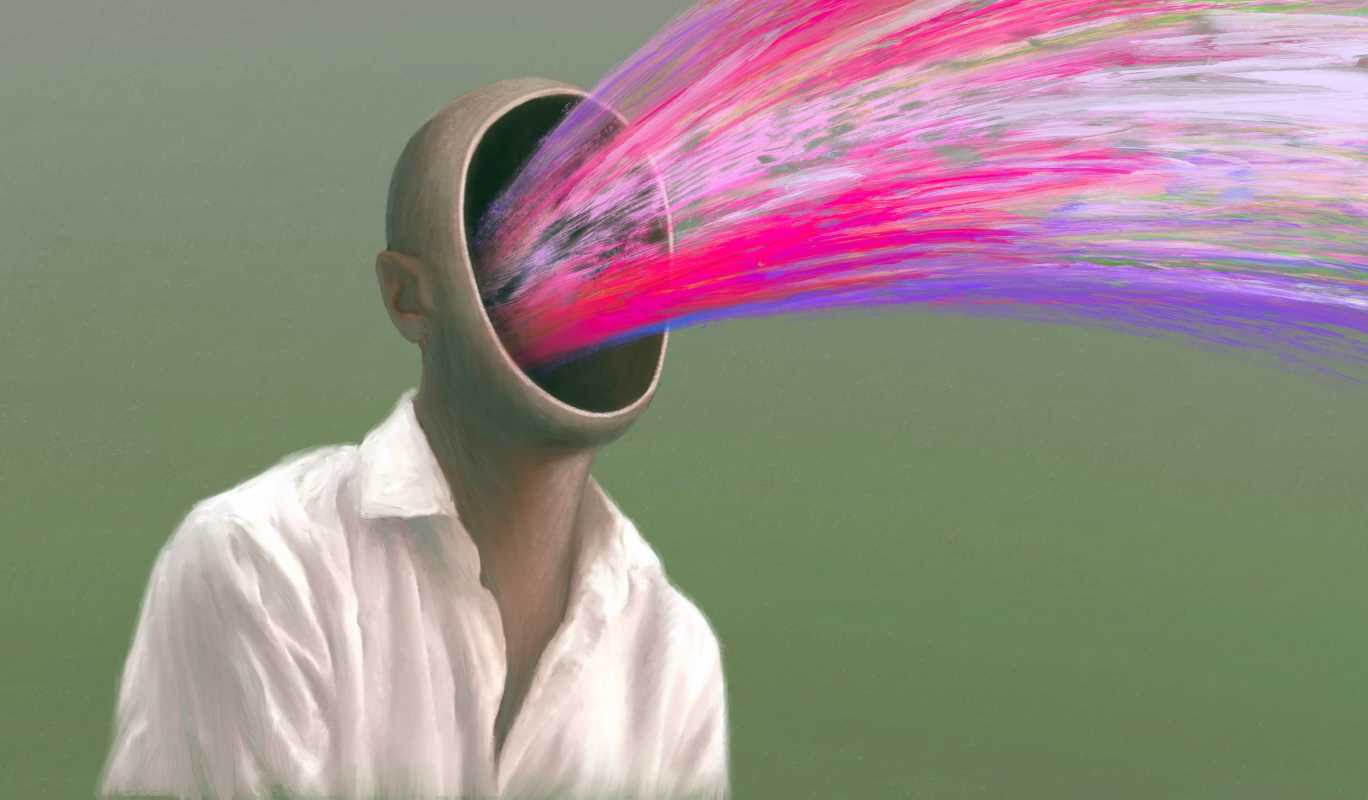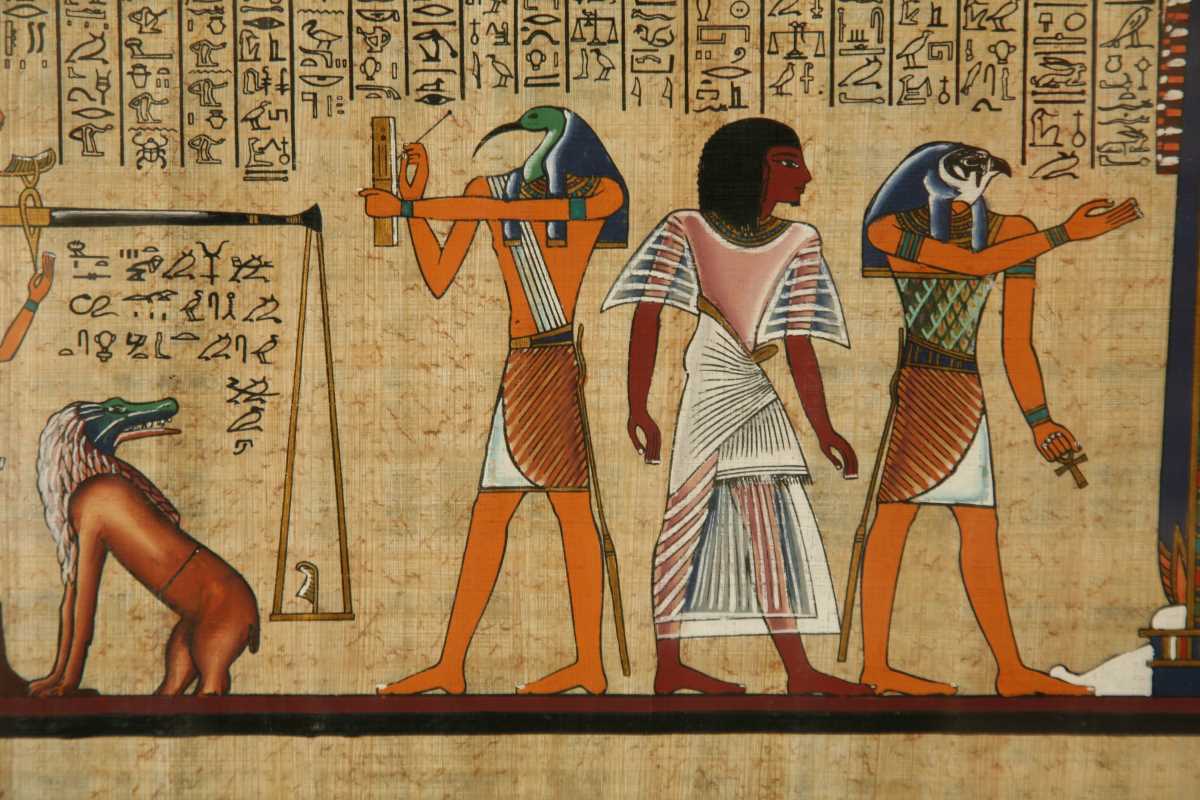Art has always been a way for people to express themselves, communicate ideas, and question the status quo. But every so often, an artistic movement comes along and completely flips the script. Enter surrealism, a 20th-century art movement that turned traditional ideas about art on their heads and embraced the weird, the dreamlike, and even the downright bizarre.
Surrealism is more than just melting clocks or strange juxtapositions like a fish with human legs. It’s an artistic revolution that challenged the belief that art needed to be grounded in reality. Surrealists believed that the unconscious mind, dreams, and emotions were just as important as logic or reason. This philosophy didn’t just add a fresh perspective to art, but also reshaped literature, film, and even how people think about creativity.
Whether you’re new to surrealism or simply curious about its legacy, this article breaks down how the surrealist movement shook up traditional art forms and why it still captivates us today.
What Was the Surrealist Movement?
Surrealism emerged in the early 1920s, growing out of an earlier movement called Dada. While Dada was focused on rejecting traditional art and questioning the world after World War I, surrealists took a slightly different approach. They wanted to dig deeper into human emotion and psychology.
Influenced by Freud
One of the biggest inspirations for surrealism was the work of Sigmund Freud, the father of psychoanalysis. Freud’s ideas about the subconscious—that part of the mind that holds thoughts, desires, and memories we’re not consciously aware of—gave surrealists a whole new playground to explore. They were especially interested in dreams, which Freud believed were windows into the subconscious.
André Breton and the Surrealist Manifesto
Officially, surrealism began with the publication of The Surrealist Manifesto by French poet André Breton in 1924. Breton described surrealism as aiming to “resolve the previously contradictory conditions of dream and reality.” That’s a fancy way of saying the surrealists wanted to blur the line between what’s real and what’s imagined.
For surrealists, art wasn’t just about creating something pretty to look at. It was about expressing emotions, exploring the mind, and disrupting societal norms and expectations.
Breaking the Rules of Traditional Art
Surrealism took a sledgehammer to the rules that had been guiding traditional art for centuries. Before surrealism, art was often expected to be realistic, polished, and intellectually driven. Surrealists rejected all of that.
Exploring the Unconscious
One of the ways surrealists broke from tradition was by letting their subconscious minds guide their art. Instead of carefully planning each piece, they embraced spontaneity and randomness. This process was called “automatism,” where artists would freely draw, write, or paint whatever came to mind without overanalyzing it.
For example, Joan Miró, a key surrealist painter, often used automatism to create abstract, dreamlike pieces. You won’t find clear depictions of people or objects in his work, but his art captures emotions and ideas in a way traditional art rarely did.
Dreamlike Imagery
Surrealist art often looks like something out of a vivid dream or a strange hallucination. Think of Salvador Dalí’s The Persistence of Memory, with its famous melting clocks scattered across a barren landscape. These kinds of images didn’t make logical sense, but that was the point. They were meant to tap into the irrational, emotional parts of the human experience.
Challenging Perception
Traditional art focuses on perspective, structure, and proportion. Surrealists ignored these rules and played with scale, spatial relationships, and logic. René Magritte, for instance, painted The Treachery of Images, which shows a pipe alongside the words, “This is not a pipe.” It seems simple, but it forces the viewer to question reality.
By presenting objects and ideas in strange, unexpected ways, surrealists invited their audience to see the world differently.
Surrealism Beyond Painting
Surrealism wasn’t just confined to paintings. It influenced all kinds of art forms, from literature to film, and brought a fresh perspective to each of them.
Surrealist Literature
Surrealist writers, like their painting counterparts, also used dreams and automatism in their work. They created stories and poems that weren’t always meant to make sense in a conventional way. Instead, these pieces were often bizarre, colorful, and filled with emotion.
For example, surrealist poets like Paul Éluard and Louis Aragon used whimsical imagery and juxtapositions to convey feelings that couldn’t always be put into logical words.
Film and Surrealism
Some of the most memorable surrealist works appeared in early cinema, a medium that was still fairly new at the time. Filmmakers like Luis Buñuel and Salvador Dalí created films that ignored traditional narrative structures and focused instead on symbolic and mind-bending visuals.
Their short film Un Chien Andalou (1929) is a perfect example. It famously features a series of disjointed, dreamlike scenes, including the unforgettable image of an eyeball being sliced by a razor. The film was designed to shock and confuse, much like many surrealist paintings.
Photography and Sculpture
Surrealists also excelled in photography and sculpture, using these mediums to create works that felt surreal and mysterious. Photographers like Man Ray experimented with lighting and camera techniques, while sculptors like Méret Oppenheim made odd, dreamlike objects, such as Object, a teacup covered in fur.
The Surrealist Spirit Today
Although surrealism isn’t as prominent today as it was in the early 20th century, its impact can still be seen across art, pop culture, and media.
Modern Art
Contemporary painters and digital artists often draw on surrealist techniques. For instance, many digital artworks, whether in video games, advertisements, or album covers, use surrealist principles like dreamlike imagery and strange juxtapositions.
Advertisement and Branding
Surrealism has even filtered into the business world. Ad campaigns often borrow surrealist elements to grab people’s attention. Unusual, out-of-the-box visuals make people stop and look, which is exactly what surrealism aimed to do.
Film and TV
Modern movies and TV shows regularly tip their hats to surrealism. Directors like David Lynch (Twin Peaks) and Guillermo del Toro (Pan’s Labyrinth) use surrealist ideas to tell their stories. You’ll find mysterious, dreamlike scenes that blur the line between fantasy and reality in their work.
 (Image via
(Image via




